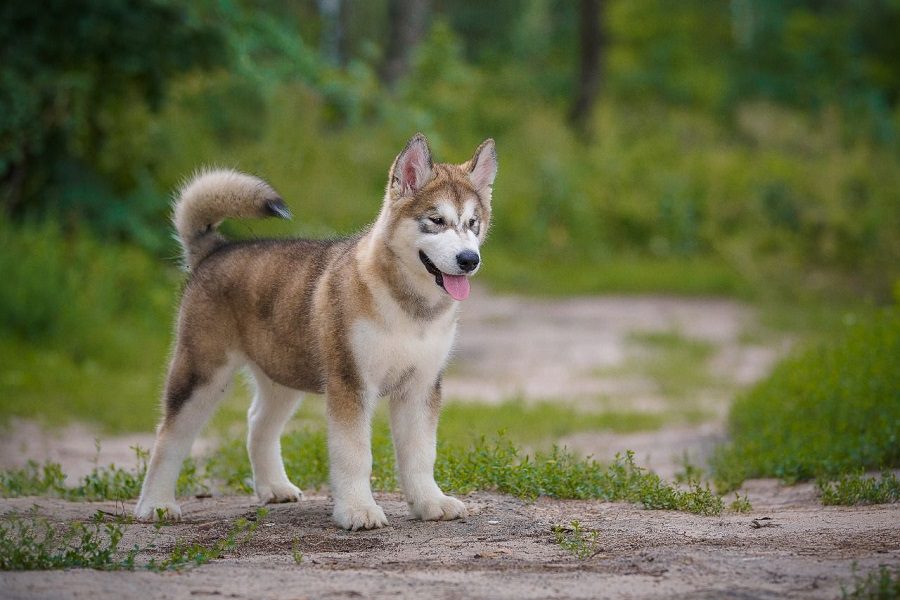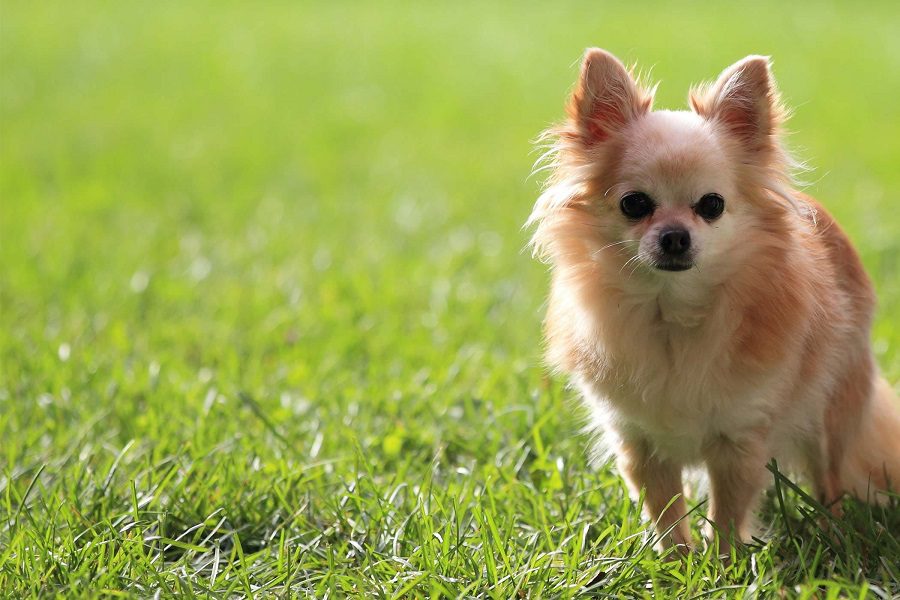Last Updated: 1 year ago
The Labrador Retriever was initially bred as a family companion and as a working dog.
In history, these dogs worked to fetch ropes and other supplies, haul nets and as fisherman’s helper, retrieving fish from the cold North Atlantic.
Today, the dog is just as hardworking and good-natured as his ancestors, and considered to be one of the most popular breeds in America. Today, the Lab works as retrievers for hunters, to provide assistance to the disabled and as show competitors.
Common Characteristics of the Labrador Retriever

This medium sized dog has a strong build and a sound athletic ability that allows it to act as a retrieving gun dog.
Ideal for both land and water hunting, this dog can withstand long hours in less-than-ideal conditions. It has the quality and character to win in the show ring with the temperament to be a great family companion.
The most noticeable characteristics of the Lab include its dense, short and weather resistant coat, the “otter” type tail and a clean cut head with broad back skull.
One of the factors that makes this dog appealing as a family companion is its kind and friendly eyes, good temperament and intelligence.
Labrador Retriever Health Issues

Much like any other dog breed, there are some health issues that can occur. For example, the Lab can experience elbow and hip dysplasia, exercise induced collapse and eye disease.
While some dogs may be faced with these challenges during the life, the majority of Labs are healthy.
Seeking veterinarian care is a crucial part of caring for your Labrador. As a puppy, the dog should be examined and an immunization schedule should be created.
After these immunizations, the dog needs to be protected from regional health threats and seek care to find signs of debilitating diseases.
Labrador Retriever Size
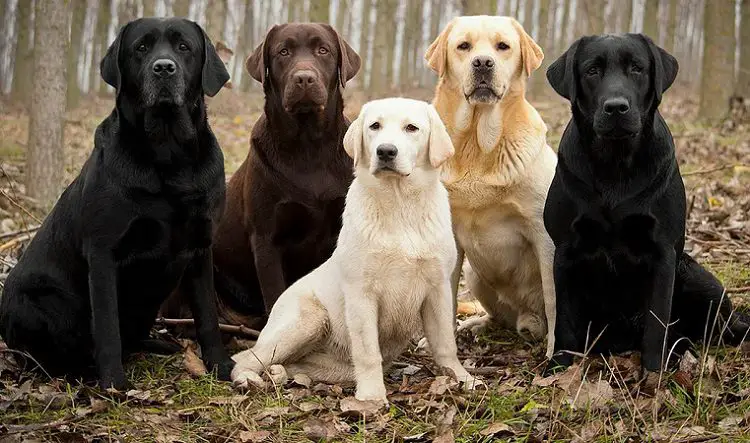
The Labrador Retriever, when full grown, is considered a mid-sized dog. The males typically weight between 65 and 80 pounds, while females weigh between 55 and 70 pounds. At the withers, the males will measure 23 inches and females, 22 inches on average.
The dog is considered solid and appear square when looked at from the front. They have a strong body and sturdy legs and while their maximum height is 23 inches, their sturdy build often make the dog seem larger than they actually are.
Labrador Retriever Personality Traits
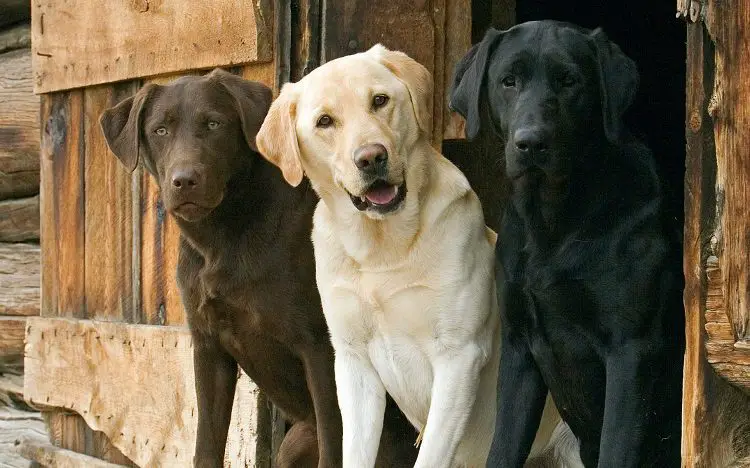
Generally, the Labrador Retriever is an excellent dog for the family, as long as their exercise and training needs are seen too. These dogs are specifically bred to work and they enjoy the ability to have jobs to do, especially retrieving.
Labs are typically good with other dogs, as well as other types of pets and children, just as long as they have been trained to minimize their overall exuberance.
Since they are such strong dogs, they will require some obedience training as puppies, or they may not know when to hold back.
A summary of the dog’s personality would be active, friendly and outgoing. Labs, when trained properly, play very well with other pets and people.
Care Instructions for the Labrador Retriever
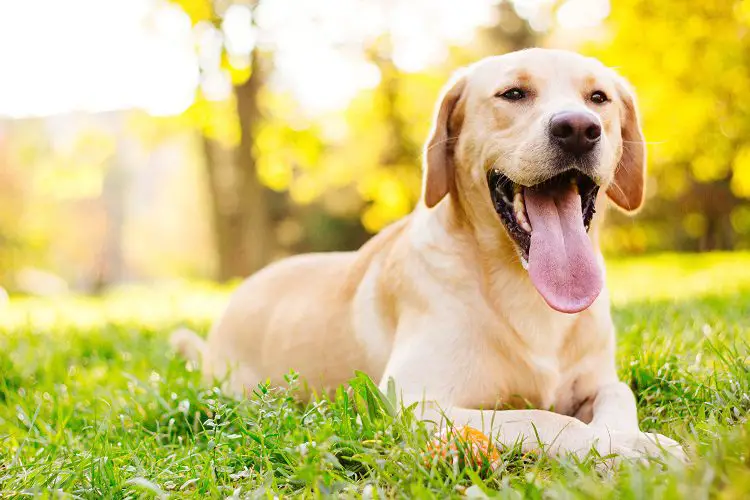
There are several elements to care that must be noted when it comes to your Labrador Retriever.
- Housing: Labs need to be kept indoors. They are pack animals, which means they will be happier inside with companionship. They should have their own space, which could be a dog crate or a dog bed.
- Feeding: Finding quality hard dog food is important. It will help reduce tartar build up and minimize weight issues which can occur when soft food is used. Human food should never be given since there are some foods that are toxic to dogs, can lead to excess weight and digestive issues.
- Grooming: Labs need to be groomed at least twice weekly to keep their coats healthy. A stiff brush should be used to remove any loose hairs and a flea comb is ideal for flea control. If brushed on a regular basis, the Lab will rarely need to be bathed. When bathed use a dog shampoo, since they are formulated specifically for dogs.
Common Coat Colors in Labrador Retrievers

The modern Labrador Retriever is going to be one of several coat colors: yellow, silver, tan, black or chocolate.
There are some people who have preferences regarding which color they would like to have as their pet; however, they are all relatively the same in terms of other features, described above.
The coat of the Lab is short and dense and it is a wash and go style. The surface is slightly oily and the hairs are straight, although you may notice a small ripple on the backs of some dogs after the adult coat has come in.
The top coat is water resistant and the undercoat is thick, which help the Labrador stay warm even in extremely cold water. After a quick shake after getting out of the water, the majority of the moisture will be removed from the dog’s coat.
Temperament of the Labrador Retriever

Friendly, happy, loveable and loyal, the Labrador Retriever is considered the number one registered dog in the AKC. Because Labs have such an outgoing and cheerful temperament, they have become one of the most popular breeds of dog in the world.
They are exactly why dogs are considered “man’s best friend” and will be at their absolute happiest when they are engaged in various family activities.
Labs are very easy to train, as long as you don’t mind the puppy-like behavior in a dog lasting well into adulthood. They are an ideal choice for first time dog owners.
Another important thing to note about the Lab is that they have energy to spare. This means if a person enjoys being indoors all the time, they may not be the suitable pet.
Labs can also be clumsy, which means that living in an apartment is not ideal. The best living environment is going to be in a home where there is a large yard for them to romp and play in.
While taking a walk around the block is a good way to begin the daily exercise needs of a Lab, a simple stroll down the block will not be able to meet their requirement for exercise.
These dogs will need to have some place to run every single day so that they can burn off any extra energy and if they are not receiving this type of physical activity, they may become destructive.
Labs that become bored can chew up virtually anything they can get in their mouths. They will love going for a run, accompanying you on a bike ride or playing in the yard with kids.
If you own a pool, be warned, you will likely have a difficult time keeping your Lab out of the water. If the pool is accessible, they will want to swim.
When it comes to training, Labs are one of the easiest breeds to teach tricks and skills to. They have a strong desire to please and will do virtually anything for a treat and some affection.
There are some owners that find this process a bit challenging because the lab is a bit rambunctious, but the idea is to begin training when they are a puppy, when it will be fun and interesting.
The Labs love to play, and if they believe that the training is a game, they will be excited to learn. The actual training process should begin early on since Labs grow rather quickly.
If you don’t teach them these commands early on, it can be quite difficult to reign them in when they get bigger. Since they act like puppies even in adulthood, it is important to be patient.
Regardless of how obedient may seem, they often get excited, which is why two of the first commands they should learn are “stay” and “down.”
Conclusion
There is no question that the Labrador Retriever is a great dog. They are ideal for families and will provide you with a lifelong companion.
When it comes to getting a puppy, it is a good idea to be well-prepared for an energy filled dog that is going to want to play all the time. As they grow up, they may calm down a bit, but the fact is, the Lab is well-known for their puppy-like tendencies even as they grow.
If you are interested in getting a Lab be sure to be well-informed on all the information here. When you are, you will be able to provide the dog with a loving home and quality care.
This is important to ensure that the puppy grows up to be a happy and healthy adult dog. Taking the time to become educated about these dogs will definitely pay off and provide you with a dog that not only loves you, but you will love to be around and play with on a daily basis.

